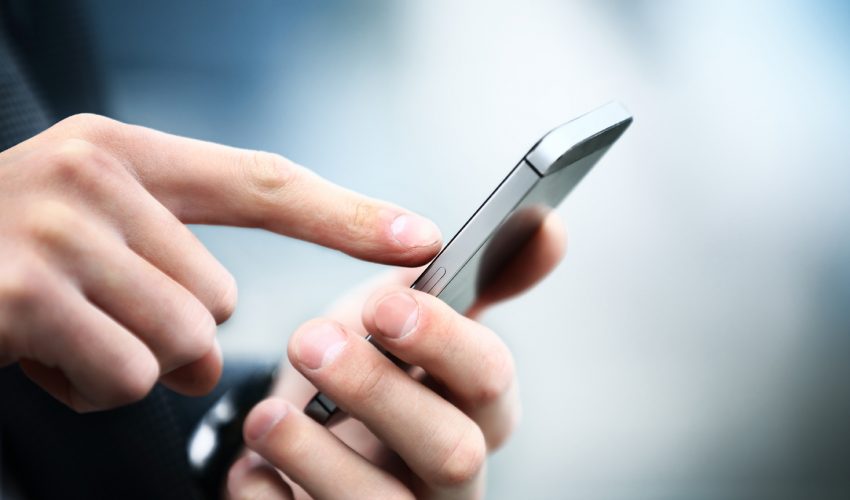Post Views: 1,852
Views No Comments
Cell phones continue to increase in popularity. Almost everybody has one. The United Nations puts it in perspective for us with an unbelievable statistic; of the world’s seven billion people, six billion have cell phones, while only 4.5 billion have access to toilets (March 2013, UN News Centre).
It’s becoming increasingly difficult to imagine our lives without cell phones. They’ve become an important part of our daily routine. We bring our cell phones everywhere. They can be found in our bedrooms, our bathrooms, and our kitchens. We bring them with us on buses, trains, cars, and planes. As technology advances, so does the role of the cell phone. It’s safe to say cell phones go far beyond making a phone call.
We know that keeping our hands clean by effective hand washing is one of the best things we can do to prevent sickness and further spread of disease. But germs that remain on our hands after washing can be spread to others. When these germs enter the body through the eyes, nose or mouth, sickness can occur.
We are constantly transferring the lingering germs on our hands to objects we touch such as doorknobs, faucets, toys or other people’s hands. If the objects we touch can become contaminated, it makes sense that our cell phones can become contaminated too. Yes, a cell phone should be thought of as a potential source of infection.
Some of these germs can be quite problematic. For example, according to the Center for Disease Control and Prevention, the Influenza virus, more commonly referred to as the flu, can survive on surfaces for as long as 8 hours. A report from the National Institute of Health stated that resistant Staphylococcus Aureus, also known as MRSA, can survive on dry surfaces for months. Norovirus, the most common cause of acute gastroenteritis in the United States, can remain on objects and surfaces and still infect people after days or weeks (CDC, 2014).
All of these germs and many others can be transferred to the surfaces of our cell phones, ultimately infecting us and making us sick. There are some steps we can take to protect ourselves from the germs on our cell phones. First, we should keep our phones clean. It’s best to check with the manufacturer to see if an antimicrobial wipe can be safely used on our cell phones. Next, don’t share phones with others.
Several people handling a phone increases the likelihood that germs will contaminate the surface of the phone.
Avoid direct contact when speaking on the phone by holding it away from your face. Avoid touching your eyes, nose or mouth after touching your phone, as this will help to prevent germs and bacteria from entering your body. Finally, remember that proper hand washing is the easiest and most cost effective way to prevent the transfer of harmful germs from our phones to ourselves. Think about this before you answer that next call!
Cell phones continue to increase in popularity. Almost everybody has one. The United Nations puts it in perspective for us with an unbelievable statistic; of the world’s seven billion people, six billion have cell phones, while only 4.5 billion have access to toilets (March 2013, UN News Centre).

